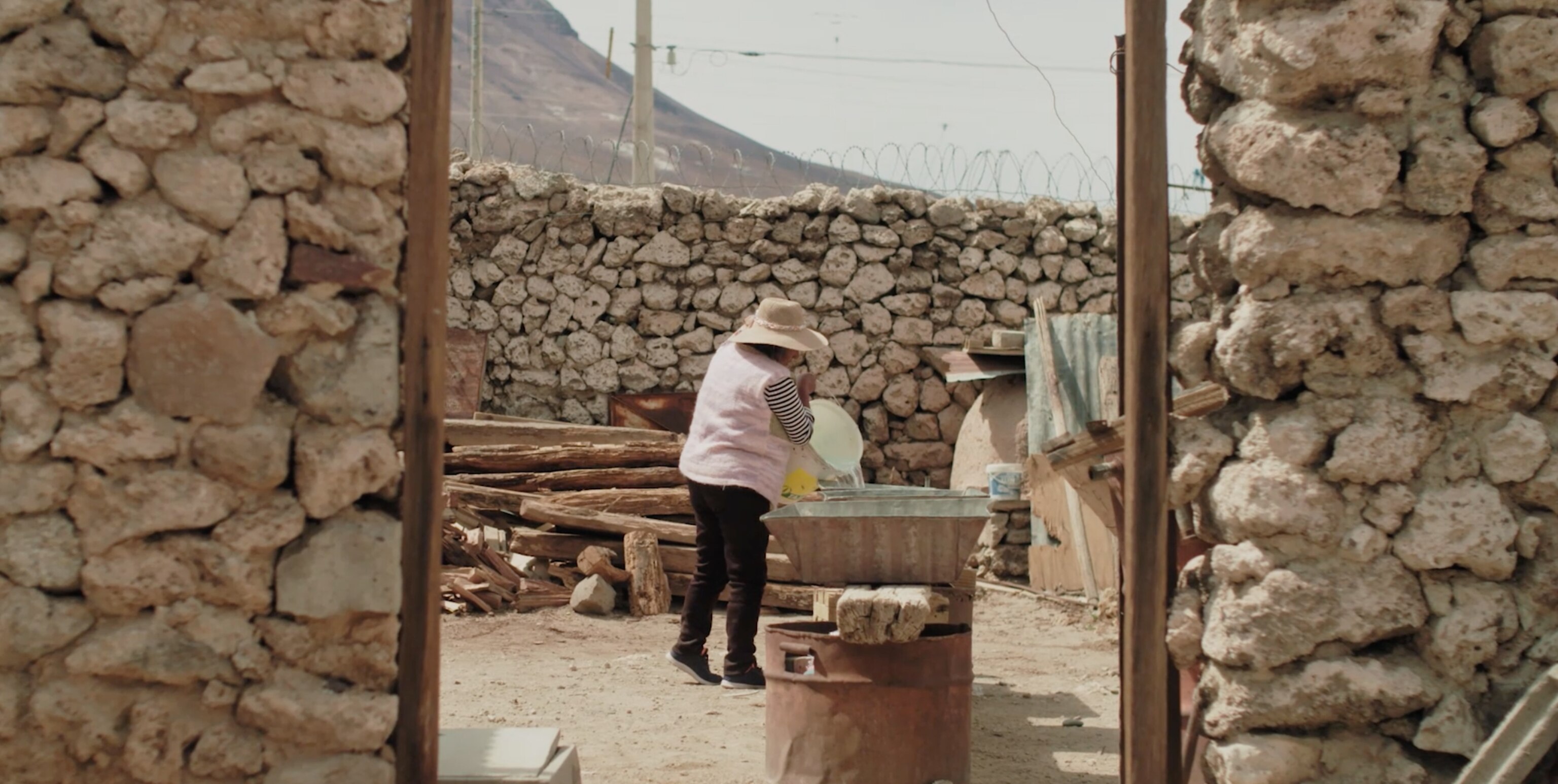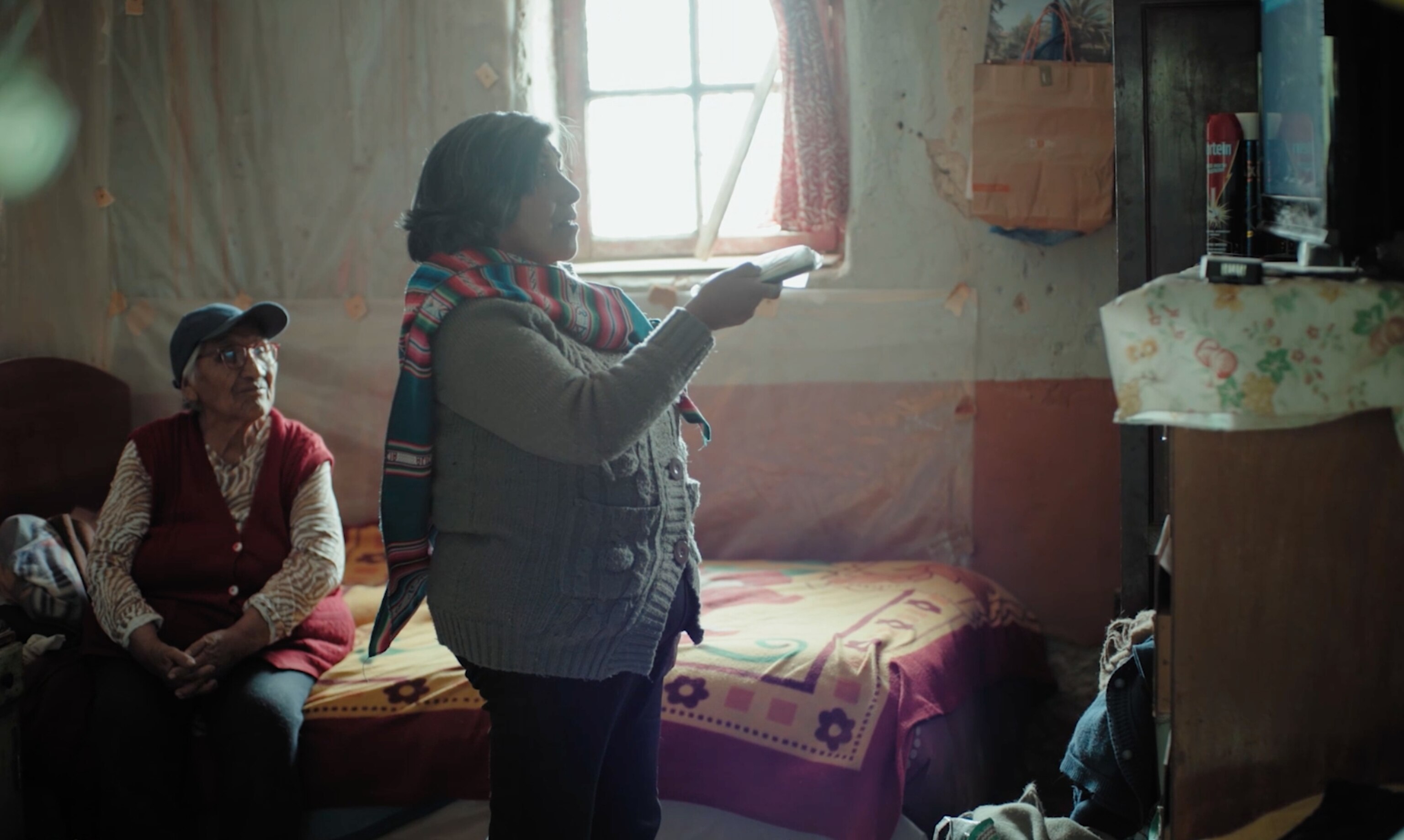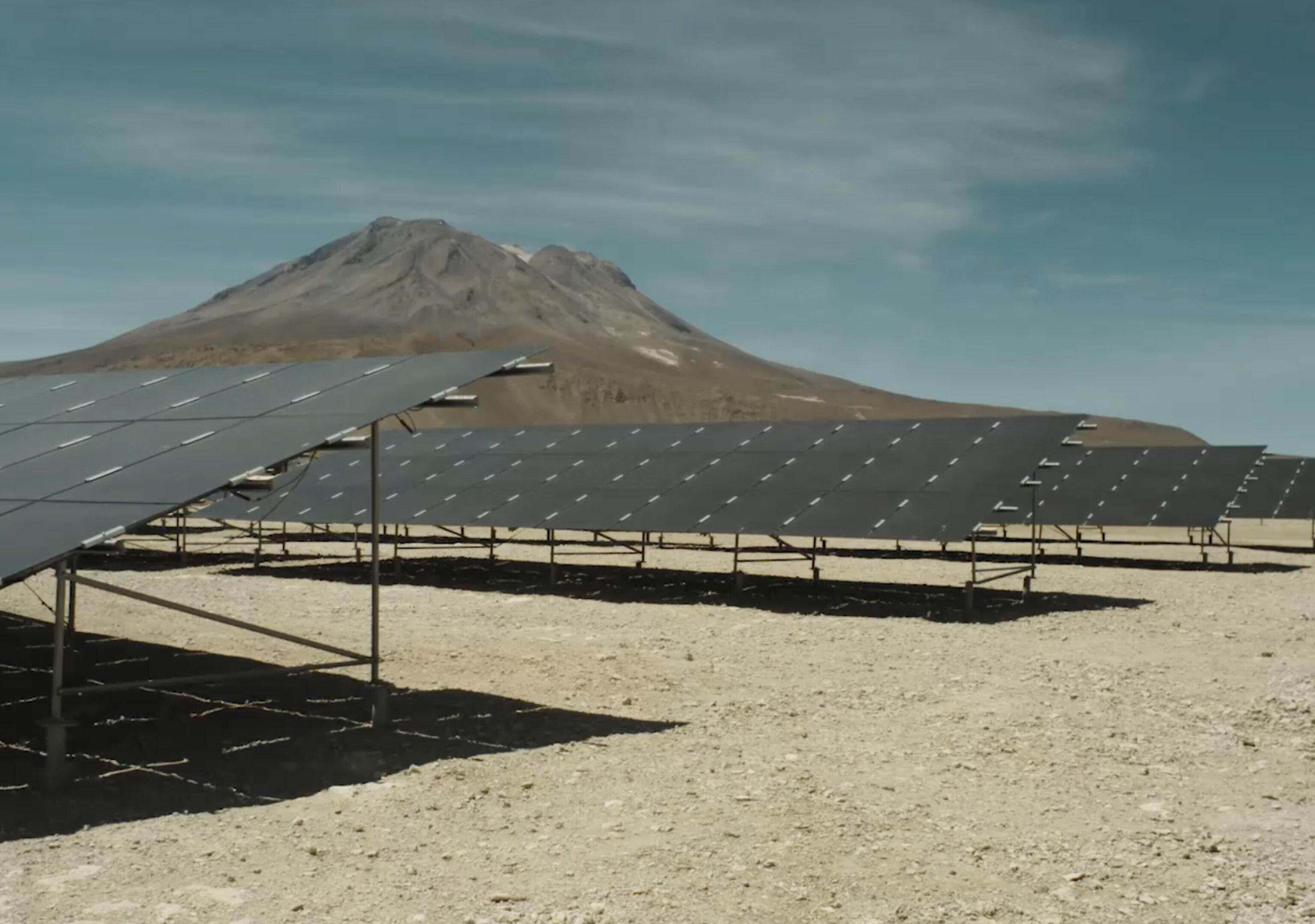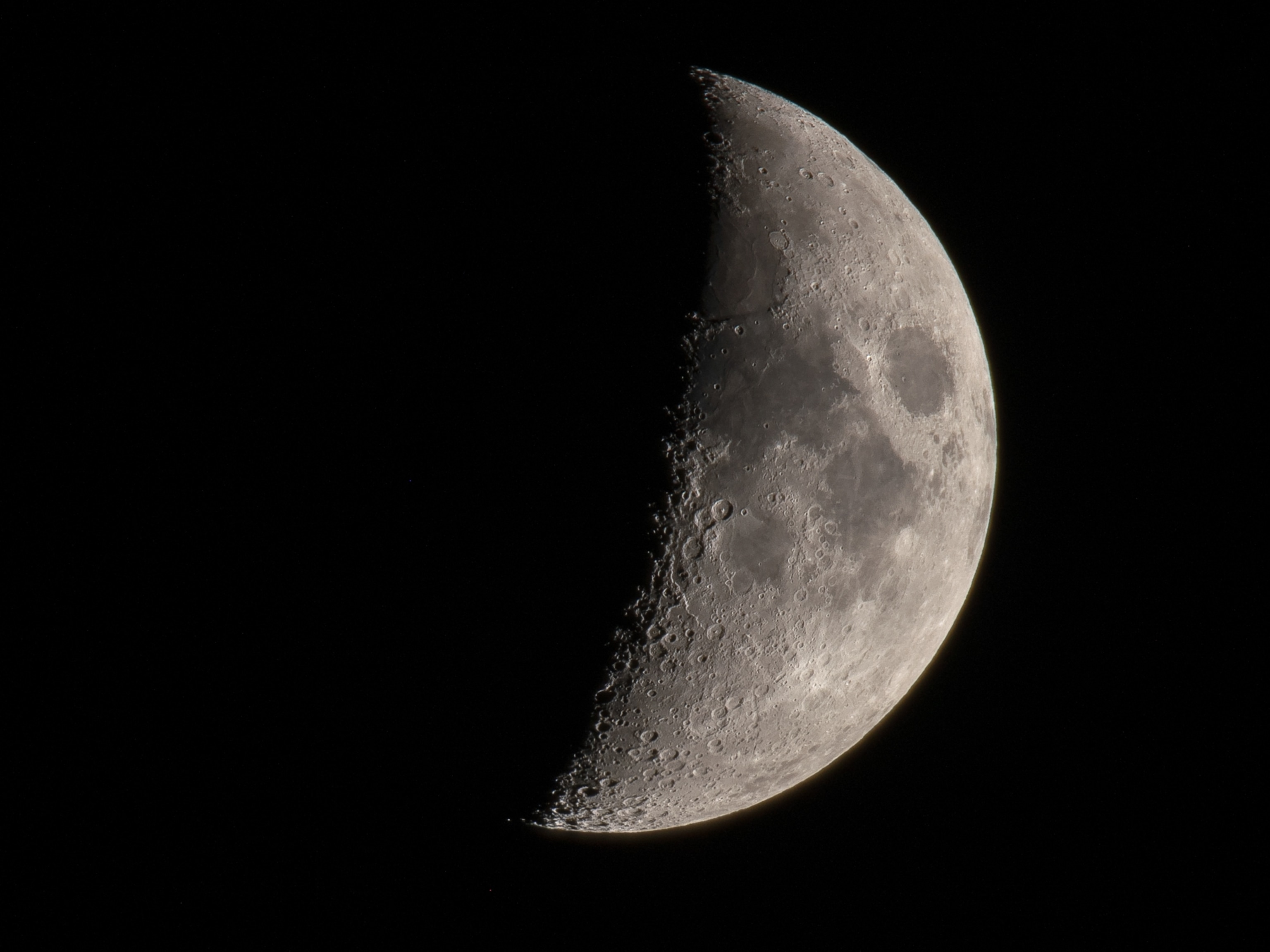In the digital age, it’s difficult to overestimate the importance of having a reliable source of electricity. Yet across the world, millions of people in thousands of communities remain without access to the interconnected electrical grids relied upon by more than 85 percent of the world’s population. Vast distances and harsh terrain can make it uneconomical or seemingly impossible to bring power to some places: roughly halfway between Africa and South America, the 250 inhabitants of the remote island of Tristan de Cunah are isolated by thousands of miles of the South Atlantic Ocean; the vast sands of the Sahara Desert surround the people of the Siwa Oasis; and the dense rainforests of the Amazon prevent an estimated two million Brazilians from connecting to the grid.
Even some of the world’s wealthiest countries include remote populations that rely on expensive and unreliable fossil fuel-powered generators. In Alaska alone there are roughly 200 communities, some home to several thousand people, relying on diesel generators; in 2014, one village lost hundreds of pounds of meat―a critical share of the community’s winter food supply―during a prolonged generator failure. Meanwhile, close to 600 million people are still without access to electricity in Sub-Saharan Africa and 3.5 million in Mexico suffer from the lack of a reliable energy supply.

The reality of living without electricity is about much more than comfort and electronic luxuries. Electricity brings safer and more effective lighting, heating, cooling, cooking, and refrigeration to homes, while also enabling tool and machinery use for industry and agricultural improvements ranging from irrigation to seed warehouses. Bringing electricity to isolated communities enhances public services, including health care and education, and allows for better and cheaper access to communications and pumped water. At night, public lighting improves security and increases output by allowing work to continue after dark. Perhaps the greatest impact comes from enabling internet access, which has an exponential effect on communication, education, and productivity.
It is widely agreed that universal access to electricity is essential for solving many global development challenges. Finding ways to bring the benefits of modern, affordable, clean, and reliable energy to all is the mission of the United Nation’s Sustainable Development Goal 7, and in remote locations, this is a challenge that solar and wind power can help overcome.

Generating electricity through solar panels and wind turbines has become increasingly efficient, but the difficulty comes in ensuring a constant supply of energy: the electricity produced during daylight hours and when the wind blows needs to be stored for use when it is dark and the air is still. Batteries have evolved significantly in the last few decades with the emergence of rechargeable nickel-cadmium and nickel-metal hydrogen batteries. The development of the lithium-ion battery in 1992 created the world’s most energy dense battery technology, and with some further development, it can now be made safely into large-format cells that can be rapidly charged and discharged. But the search continues for ways to store the large amounts of energy generated by off-grid solar and wind farms.

One innovative project by renewable energy company Enel Green Power (EGP) is experimenting with a new storage system and a combination of solar and wind power to bring reliable electricity to the remote Andean community of Ollagüe in Chile’s Atacama Desert. This combination delivers an installed capacity of 232 kW and generates around 460 MWh per year, making energy available around-the-clock to meet the needs of Ollagüe’s 200 inhabitants about 85 percent of the time while saving the community over 1,500 gallons of diesel fuel. Residents now have access to stable, clean, and affordable electricity, which means homes have light and hot water, the grocery store has chilled foods, and schoolchildren are exploring digital technologies. With a system that can be rolled out almost anywhere in the world, Ollagüe represents a new future for remote communities—a future powered by modern, affordable, clean, and reliable energy.





